-
What we doPersonal development
- Accelerating your impact
- Leadership for young people
- Navigating transitions
- Boosting collaboration
- All programmes
-
Social campaignsSocial campaigns
Taking a stand on social issues. Join us in investing for a better future
Read moreCurrent campaigns -
ImpactEvidence
-
AboutLocations
Changing the game
When it comes to developing people, there’s no substitute for the power of real experience and fresh perspectives. Our convening power enables us to ensure our groups are genuinely diverse. Our vast network of alumni and supporters means we can create immersive programmes with unrivalled access to different organizations and contributors who generously share their insights.
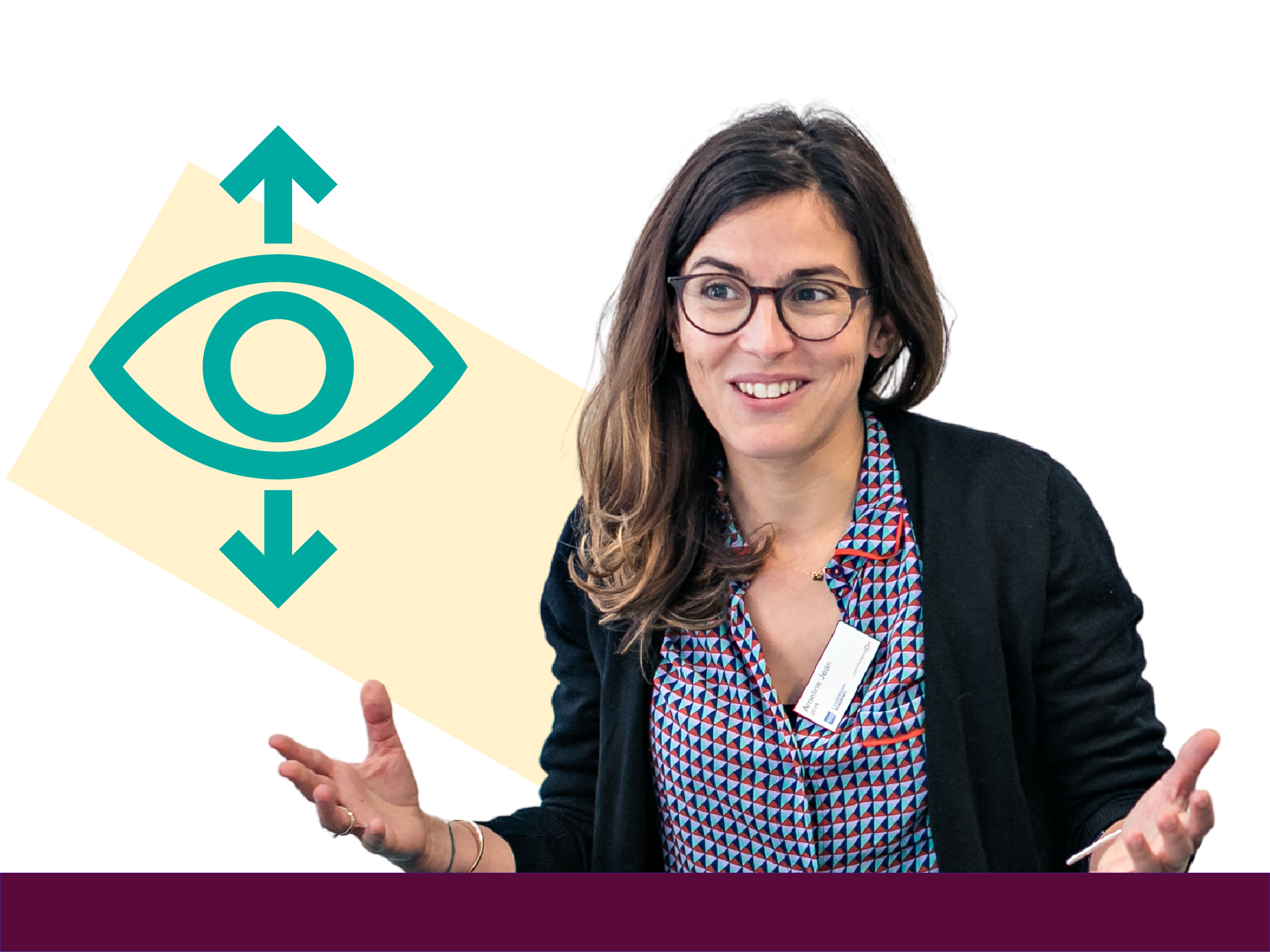
Why you can trust us
3.8k
programmes delivered locally and globally
200+
cities across 45 countries where programmes took place
20k
participating organizations
42k
industry speakers have contributed to our programmes
Our approach
Diversity of perspective and thought
Our approach uses a robust behaviour and mindset change philosophy embedded in real life leadership challenges and experiences. To turn those experiences into real learning, we design compelling development experiences that combine three core leadership principles:
Cultural Intelligence
The ability to cross divides and thrive in multiple cultures.
Leading Beyond Authority
The ability to deliver results outside of your direct circle of control.
Broadened Horizons
The ability to draw on deeper insights and wider networks.
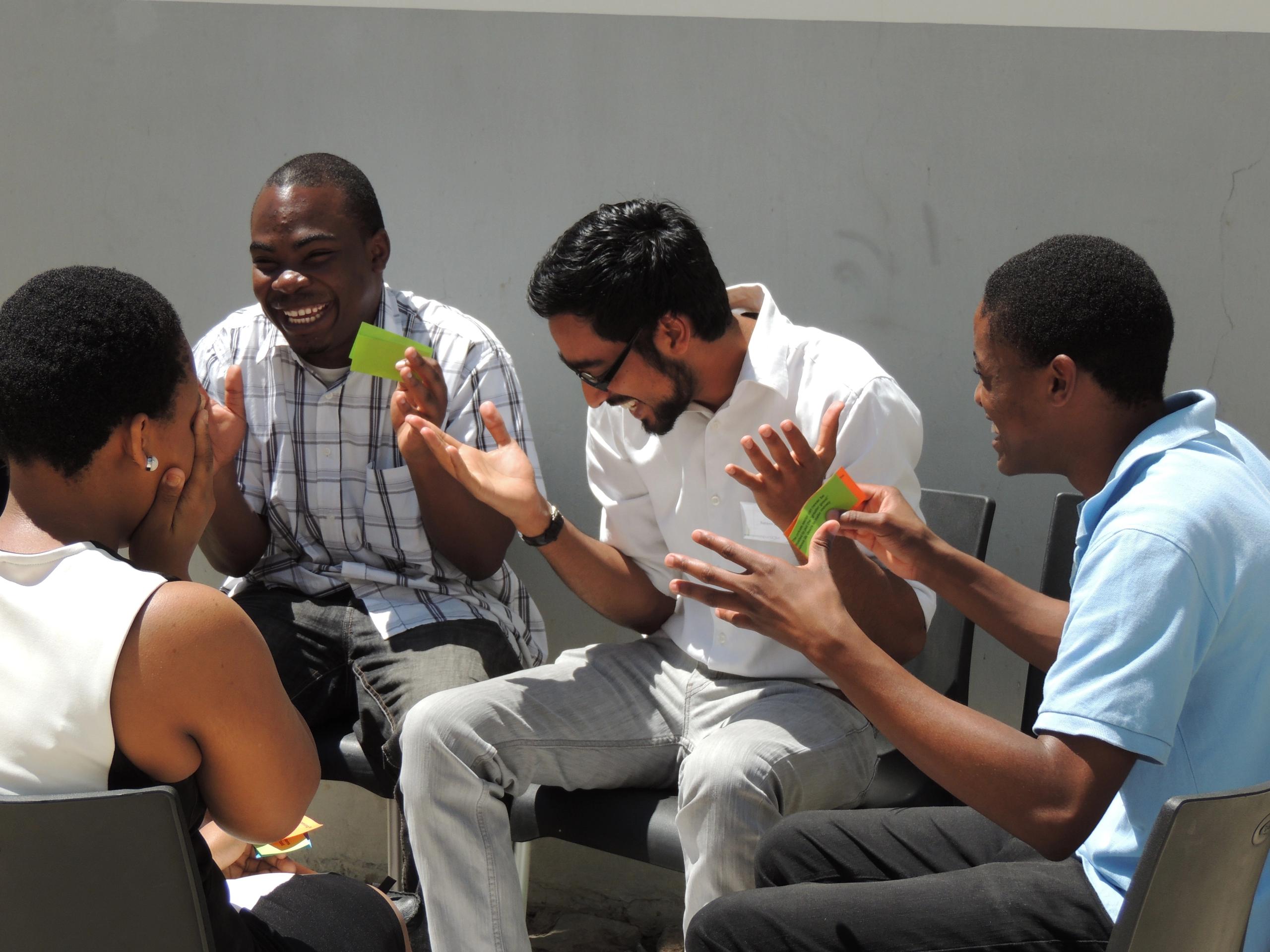

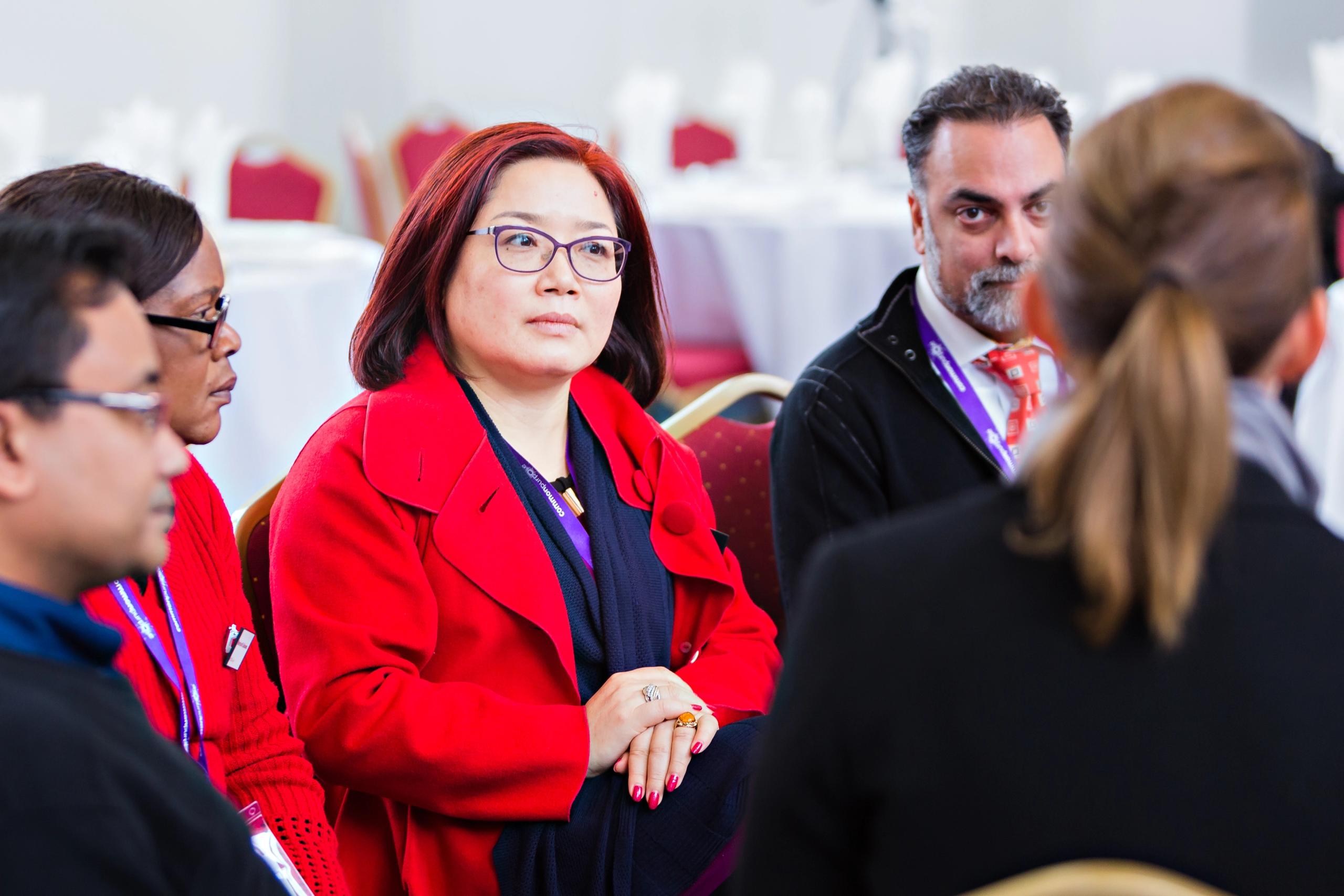
The Common Purpose Leadership Model
Our transformative leadership model develops Good Leaders – with the competencies they need to cross boundaries and operate effectively.
How? By helping leaders develop their COMPASS, the key elements shared by all good leaders, which will help them navigate their leadership journey.
Learning pathway
The philosophy
Experiential learning is a core component of our programmes.
Our programmes create a carefully constructed microclimate to explore real-life leadership challenges in a safe environment, often leading to the types of purpose-driven conversations needed to achieve transformative change.
We also focus on the importance of active learning, by getting people out of their comfort zones and into the world, seeing things, meeting people, and taking part - taking advantage of processes that stimulate multiple neural connections in the brain and promote memory.
1
Experience
The foundation of, and stimulus for, learning. Being presented with new experiences. Engaging with leaders from across multiple boundaries and being immersed in new environments
2
Reflection
Finding relevant meaning. Learning activities to gain a deeper and more personalized understanding of the learning
3
Translate
Drawing conclusions. Exploring how to relate new ideas and thought processes back into the learner’s role or context
4
Practice
Testing your learning. Developing a set of leadership practices that can be used to turn new behaviours into habits
5
Assess
Finding the desired outcome. Embedding numerous assessments to help learners track their progress pre, during and even beyond the programme
The process
Learning experience
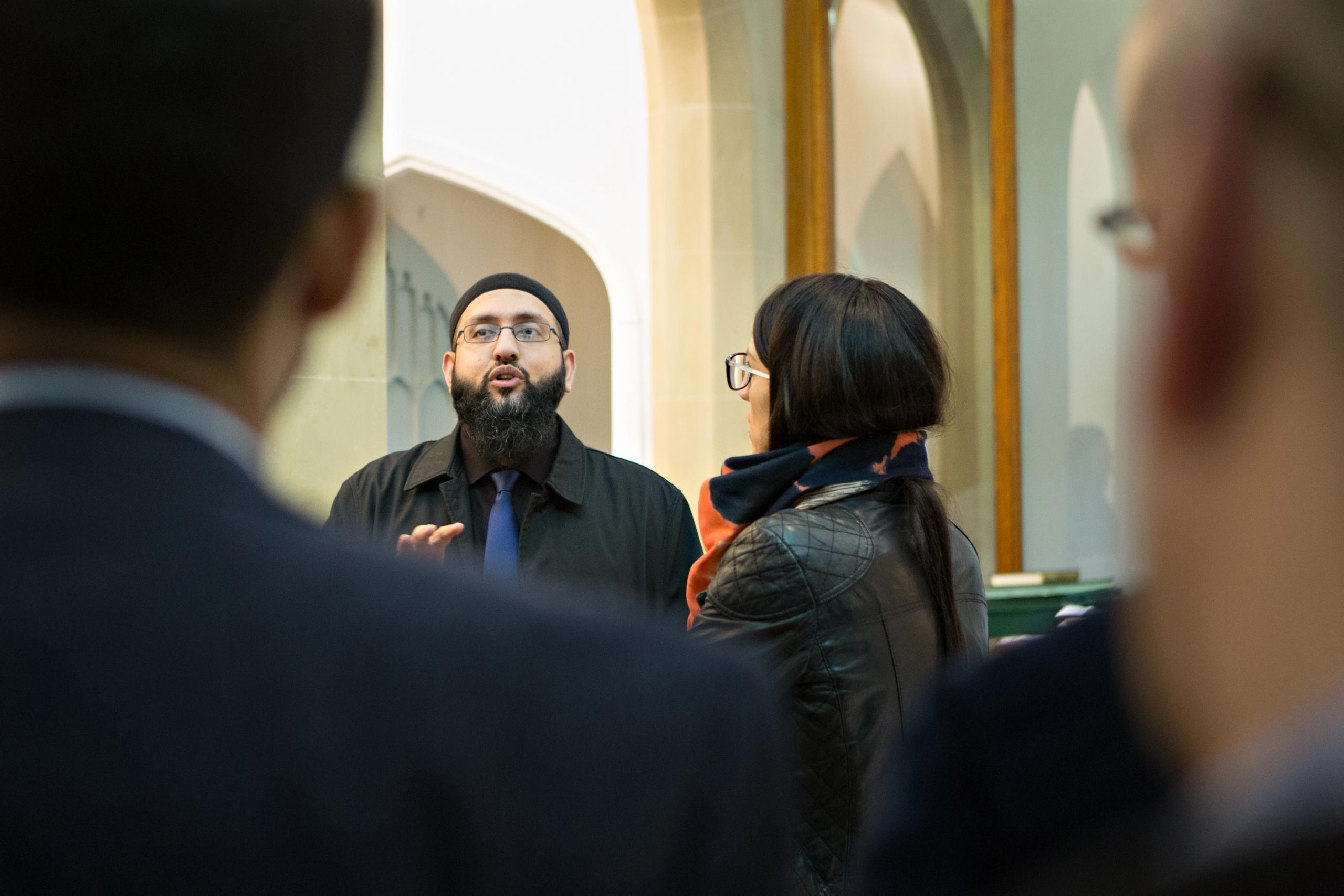

Experiential learning is a core component of our programmes.
Our programmes create a carefully constructed microclimate to explore real-life leadership challenges in a safe environment, often leading to the types of purpose-driven conversations needed to achieve transformative change.
We also focus on the importance of active learning by getting people out of their comfort zones and into the world, seeing things, meeting people, taking part, and taking advantage of processes that stimulate multiple neural connections in the brain and promote memory.
Our transformative learning experiences will equip you with the mindset and skills to be:
- Agile in adapting to changing circumstances and environments.
- Empathetic to what other people feel, think and need. Seeing things from their point of view.
- Influential in leading change with limited decision-making power.
- Open to new ideas, possibilities and perspectives, including views they might deeply disagree with.
- Purposeful in leading with intentionality, determination, commitment and resilience.
- Self-aware to their behaviours and outlook, and how they interpret and respond to situations.
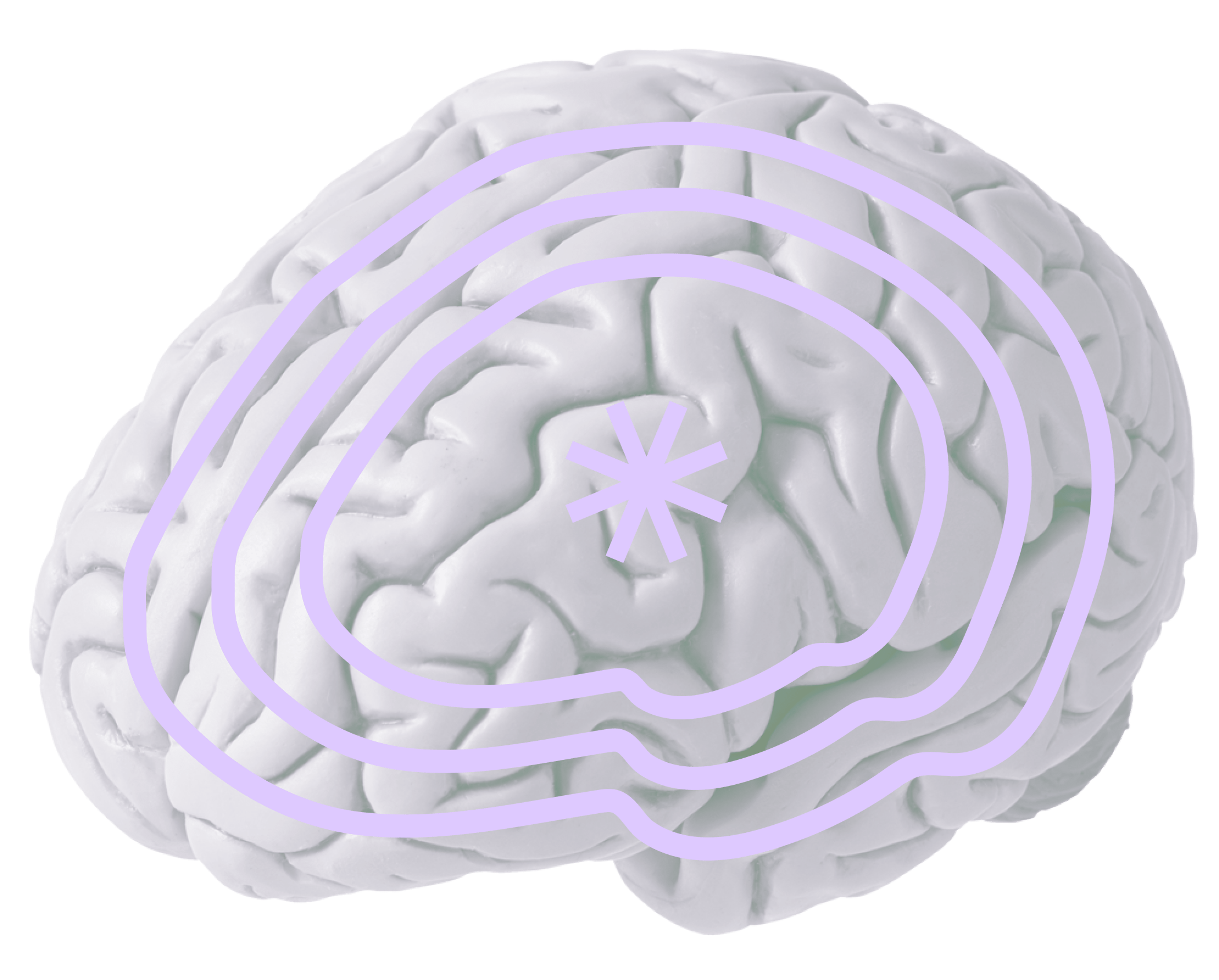
Mindset
Helping people to better understand how they see, perceive and view the world around them - their beliefs and way of thinking that determine their behaviour and outlook, how they'll interpret and respond to situations.
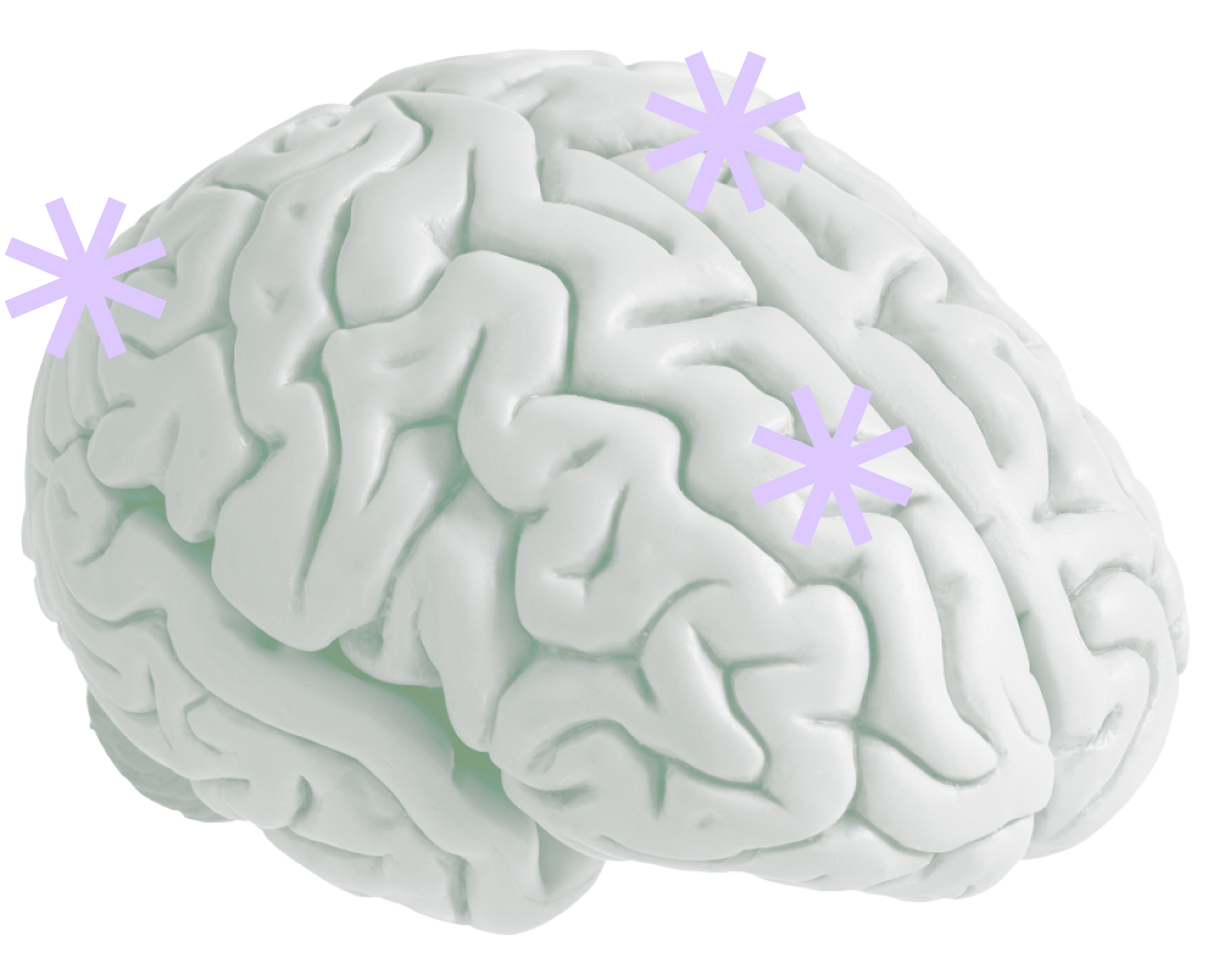
Skillset
Helping people to identify their current and desired modes of behaviour, based on their capabilities, knowledge and understanding, and impact on others.
Impact stories
Andy Haynes
Narita Hang Chuon
Toyota Kirloskar Motors


